 Music
Music  Music
Music  History
History 10 Less Than Jolly Events That Occurred on December 25
 Weird Stuff
Weird Stuff 10 Funny Ways That Researchers Overthink Christmas
 Politics
Politics 10 Political Scandals That Sent Crowds Into the Streets
 Weird Stuff
Weird Stuff Ten Bizarre Facts About The Doge Meme
 Our World
Our World 10 Ways Your Christmas Tree Is More Lit Than You Think
 Movies and TV
Movies and TV The 10 Coolest Stars to Set Sail on The Love Boat
 History
History 10 Things You Didn’t Know About the American National Anthem
 Technology
Technology Top 10 Everyday Tech Buzzwords That Hide a Darker Past
 Humans
Humans 10 Everyday Human Behaviors That Are Actually Survival Instincts
 Music
Music 10 Surprising Origin Stories of Your Favorite Holiday Songs
 History
History 10 Less Than Jolly Events That Occurred on December 25
 Weird Stuff
Weird Stuff 10 Funny Ways That Researchers Overthink Christmas
Who's Behind Listverse?

Jamie Frater
Head Editor
Jamie founded Listverse due to an insatiable desire to share fascinating, obscure, and bizarre facts. He has been a guest speaker on numerous national radio and television stations and is a five time published author.
More About Us Politics
Politics 10 Political Scandals That Sent Crowds Into the Streets
 Weird Stuff
Weird Stuff Ten Bizarre Facts About The Doge Meme
 Our World
Our World 10 Ways Your Christmas Tree Is More Lit Than You Think
 Movies and TV
Movies and TV The 10 Coolest Stars to Set Sail on The Love Boat
 History
History 10 Things You Didn’t Know About the American National Anthem
 Technology
Technology Top 10 Everyday Tech Buzzwords That Hide a Darker Past
 Humans
Humans 10 Everyday Human Behaviors That Are Actually Survival Instincts
Top 10 Fraudulent Expeditions And Discoveries
Exploration has always been part of our history, whether across land, sea, or space. Amazing things have been found throughout the ages, but sometimes, those findings weren’t actually real. These “discoveries” may have been based on truth, but they became more exaggerated with each retelling. The pressure to discover the newest thing and gain fame could have caused explorers to tweak their stories a little. Here are ten of their tallest tales:
10 The City Of Gold
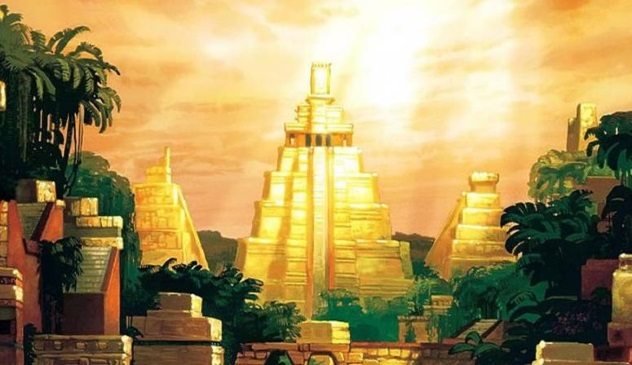
Some of the earliest explorers of the Americas came from Spain. Hernan Cortes, one of the first Spanish explorers, found the Aztec capital, killed the natives, and stole their gold and silver. His discovery led to rumors of a huge, lost city, completely made of gold, somewhere on the continent. After hearing these stories, the Spanish king sent more explorers to the New World to find it.[1]
Alvar Nunez Cabeza de Vaca learned about the seven cities of Cibola, which were supposed to contain fabulous riches, from some natives. Spanish governors sent several people to find these cities, but all they found were small villages. Spain lost interest when they couldn’t find gold, but stories like El Dorado and the Lost City of Z have endured for decades. However, archaeologists recently discovered that El Dorado wasn’t a city. Rather, it referred to an ancient ritual in which a new leader covered himself in gold dust and made gold offerings before taking the throne.
9 The Giants Of South America

Ferdinand Magellan, known as the first man to sail around the world, supposedly met a tribe of giants in present-day Argentina. Some very tall people have lived through history, but Magellan’s crew described the giants to be over 3 meters (10 ft) tall. Other explorers, like Sir Francis Drake and Commodore Byron, also claimed to have interacted with the giant natives.
Because the Bible describes a time when giants lived on the Earth, especially in the story of David and Goliath, many early historians argued that giants were real. People were more religious in those days, so it makes sense that early explorers would look for giants. Commodore Byron’s account in the 18th century is the last report of the giant Patagonians, so the story seems unlikely to be true. It is possible, though, that these explorers met a tribe of very tall people and exaggerated their actual height.[2]
8 The Fountain Of Youth
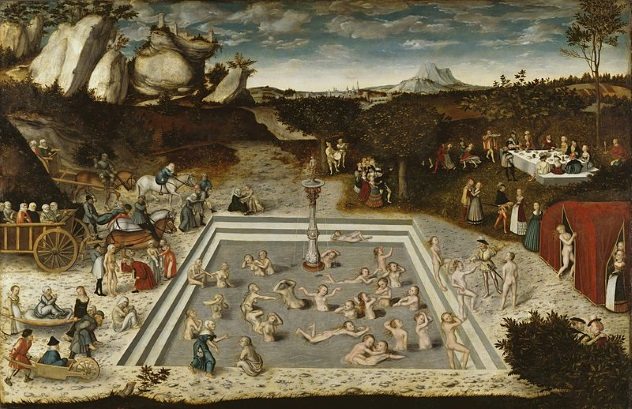
Aging is difficult for all of us, so it’s not surprising that tales of a magical fountain that grants youth have existed for so long. The earliest story of magical water comes from Herodotus, a Greek historian, who believed that the Macrobians had such a fountain. Alexander the Great also believed that he had found a river with healing water.
Possibly the most famous and misleading account of the search for the Fountain of Youth is that of Juan Ponce de Leon. He had heard from the natives that a Caribbean island called Bimini had a magical spring that could restore youth. Ponce de Leon did set sail with a crew to the island of Bimini, but he was probably more interested in finding gold, since none of his journals mentioned the fountain.[3] When he didn’t find gold or magical water, he sailed northward and found Florida. Today, Bimini has a tourist attraction called the Fountain of Youth, but it’s really just a small spring with mineral water.
7 Mermaids

Christopher Columbus is known for “discovering” the New World, but some of his other finds are questionable. In 1492, he claimed he had seen mermaids in the water. John Smith of the Virginia Company also claimed to have seen mermaids, and both men said that the creatures were not as pretty as the paintings. Even if these men really saw something with a tail splashing around, it was most likely a manatee.[4]
The earliest account of a mer-person is the Babylonian god Oannes, who was believed to be half-man and half-fish. Similar gods in Greek and Roman mythologies, as well as the Greek stories of Sirens, caused people to believe in mermaids. Even the Scottish and Welsh believed stories of women coming from the sea to marry men. Medieval texts listed mermaids alongside real sea creatures. With such strong belief in mer-people in those days, it makes sense that seagoing explorers would look for them.
6 The Cat-Dog Of Bolivia
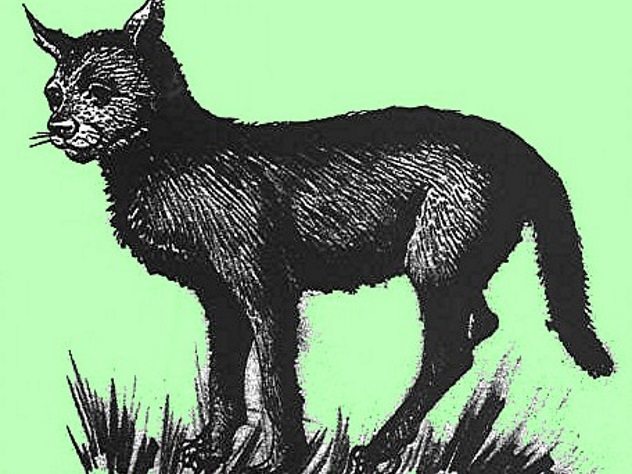
When we think of mythical animals, our minds jump to Bigfoot or the Loch Ness Monster, but not many of us have heard of the Bolivian “Mitla.” This animal was documented by Percy Fawcett, an adventurer and explorer known best for mapping the Amazon rain forest. Many of the creatures Fawcett described were real, like the anaconda, but the Mitla is still considered a myth.
Several people claim to have seen the Mitla, but there are no photos of the animal. It is described as a dog with cat-like features.[5] Some say the creature is small and could be a relation to short-eared dogs. Others say the animal is large and more catlike. The confusing descriptions of the animal from various people make it clear that it probably doesn’t exist, but it hasn’t been proven fake yet.
5 The Fake Bling Of Cartier

Jacques Cartier was a Frenchman who was asked by King Francis I to find a way through Canada to Asia. After Cartier returned from Canada, the king was so happy with the report that in 1540, he sent the explorer with settlers to colonize the New World. This expedition didn’t go nearly as well.
Even with Iroquois guides, Cartier upset the natives. Between the angry tribes and the freezing winter blocking his way west, Cartier had to turn back. He managed to find what he thought were gold and diamonds in Quebec, so he hightailed it back to France, stranding the colonists in Newfoundland. After the king discovered that the “gold” and “diamonds” were worthless and that the colonists had abandoned the colony, Cartier wasn’t asked to go on any more trips.[6]
4 The Demon Tree Of Madagascar

Two explorers, Chase Salmon Osborn and Captain V. de la Motte Hurst, mounted expeditions to Madagascar in the early 20th century with the hope of finding a tree that was known to eat people. The men had probably read about it the myraid magazines and newspapers that reprinted the story from the original in the New York World. The natives of Madagascar encouraged the explorers, telling them that the trees really did exist.
Sadly, these men were on a wild goose chase. The story was written by Edmund Spencer, a reporter at the New York World. Spencer cleverly wrote the story to look like an interview with an explorer who had watched the tree eat a young girl, but the explorer and the tree did not exist. The story was written for entertainment, but many people took it seriously, even to the point of traveling to Madagascar to search for the tree.[7]
3 Ancient Egyptians . . . In Arizona?

In 1909, the Phoenix Gazette ran stories about G.E. Kinkaid, an explorer who journeyed into the Grand Canyon and found a large underground settlement with Egyptian or Asian artifacts. The story led people to wonder if settlers from the Middle East or Asia could have come to Arizona thousands of years ago. The articles stated that he found mummies, glyphs, statues, and weapons that looked nothing like the other artifacts in the Grand Canyon.
What gives us pause, however, is the fact that the two stories in the Gazette were the only times the Egyptian settlement was ever mentioned. Nowadays, the area where Kinkaid supposedly found the settlement is owned by the US government, so nobody can search there. However, John Wesley Powell and his team explored the Grand Canyon thoroughly before Kinkaid and did not describe any Asian or Egyptian relics in their findings.[8] For these reasons, it’s difficult to know whether Kinkaid made the discovery of a lifetime or told the world’s biggest lie.
2 Crocker Land
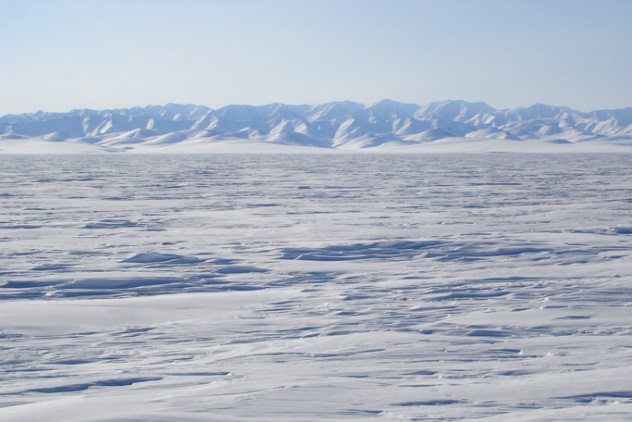
The quest to reach the North Pole sparked some interesting discoveries, but none of them could match Robert Peary’s claim to have found an entire continent. In 1906, several months after failing to reach the North Pole, he said he had found a large landmass near Ellesmere Island. Peary called it “Crocker Land” after George Crocker, the man who funded Peary’s travels.
Several people believed his story because Peary was one of the only people who had explored the Arctic. Also, ocean current patterns of the time indicated that a large landmass could be there. However, once people could fly over the area, Crocker Land was found to be a crock. The currents separate at the Beaufort Gyre, a sort of whirlpool in the ocean in the same place as the fake continent. Some people theorize that Peary may have seen a mirage, but the landmass was most likely made up because Peary had failed to get to the North Pole.[9]
1 Pyramids In Antarctica
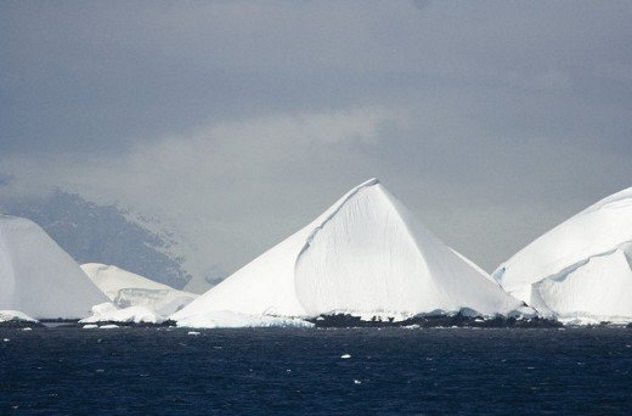
A group of unnamed people recently claimed to have discovered pyramids in Antarctica, complete with three pictures as proof. After these pictures were mostly proven wrong, Vincente Fuentes of Spain brought the story back with new images of the pyramids from Google Earth, showing them from a different angle. Most scientists believe, however, that the pyramids are either plowed banks of snow, ice packs, or plain old mountains.[10]
According to Eric Rignot, an Earth science professor, the pyramids are most likely mountains. Believers argue that a pyramid-shaped mountain is impossible, but Rignot explains that the pyramid shape can be achieved through a process known as freeze-thaw erosion. The pyramids are also part of a mountain range. Besides, freezing temperatures and no farmland make it highly unlikely that any civilization could have survived in Antarctica.
Brittiany West is a writer, adventurer, and self-published author. Check out her writings on Amazon.com.
Read about more wildly inaccurate claims made through history on Top 10 Bizarre Hoaxes In History and 10 Great Hoaxes of the Twentieth Century.








